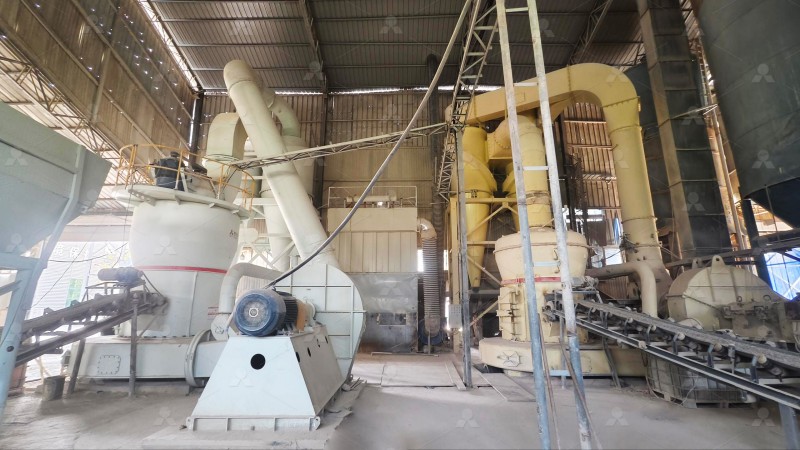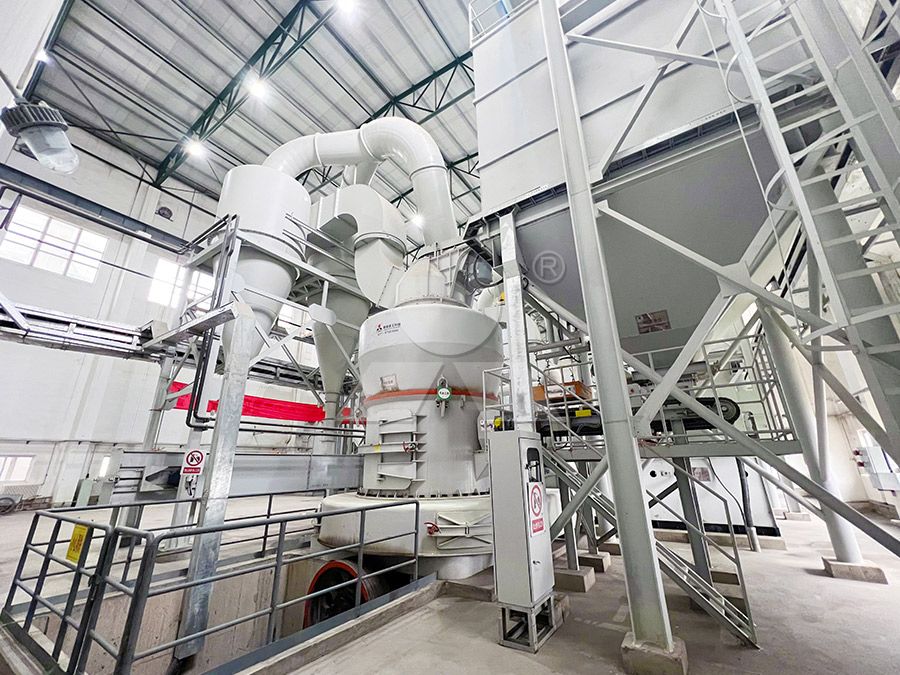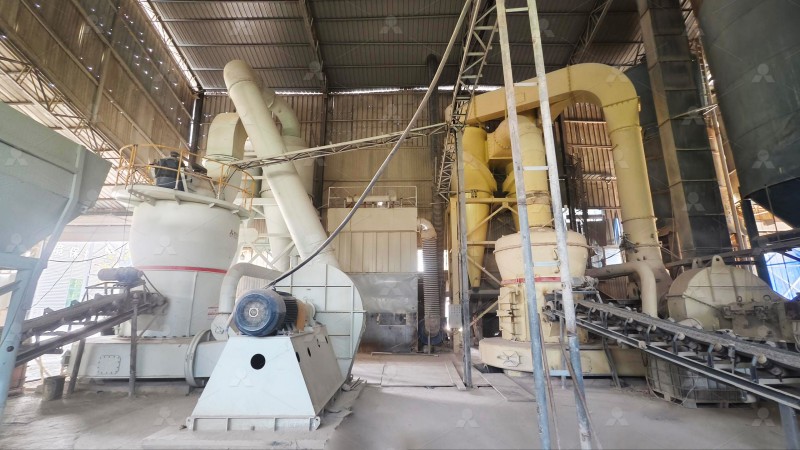Coal Ash Grinding Mill: Efficient Processing for Industrial Applications
Coal Ash Grinding Mill: Efficient Processing for Industrial Applications
In the realm of industrial mineral processing, the efficient handling of coal ash—a byproduct of coal combustion—has become a critical operational priority. As industries worldwide seek to maximize resource utilization and adhere to stringent environmental standards, the demand for advanced grinding technologies has surged. Coal ash, with its variable composition and abrasive nature, requires robust and precise milling equipment to transform it into valuable, consistent powder for applications in construction, cement production, and chemical industries.

Traditional grinding methods, such as ball mills, often fall short in terms of energy efficiency and fineness control. They can lead to excessive power consumption and inconsistent particle size distribution, which directly impacts the quality of the final product. In contrast, modern grinding solutions leverage innovations in mechanical design and automation to deliver superior performance. For instance, the MW Ultrafine Grinding Mill stands out as a premier choice for processing coal ash. With an input size range of 0-20 mm and a capacity of 0.5-25 tph, this machine is engineered for customers needing ultra-fine powder. It features an efficient pulse dust collector and muffler, minimizing dust and noise emissions to ensure eco-friendly production. The absence of rolling bearings and screws in the grinding chamber eliminates concerns about mechanical failures, while its adjustable fineness between 325-2500 meshes allows for precise control over output quality. By achieving 40% higher production capacity than jet mills and twice the yield of ball mills—all while reducing system energy consumption by 30%—the MW Ultrafine Grinding Mill exemplifies how cutting-edge technology can drive industrial efficiency.
Another notable option is the LUM Ultrafine Vertical Grinding Mill, which integrates ultrafine powder grinding, grading, and transporting into a single system. Designed with input sizes up to 10 mm and capacities of 5-18 tph, it employs advanced grinding roller and powder separating technologies to enhance yield rates and product quality. Its reversible structure simplifies maintenance, reducing downtime and operational costs. Both models are ideal for coal ash and similar materials, offering higher output with lower energy use.

The working principles of these mills emphasize centrifugal force and air flow to achieve uniform grinding. For example, in the MW Ultrafine Grinding Mill, materials are fed centrally and ground between rollers and rings, with a powder separator ensuring fine particles are collected efficiently. This process not only boosts productivity but also maintains the material’s integrity, making it suitable for sensitive applications like food additives or cosmetics where purity is paramount. Moreover, features such as digitalized processing and ample spare parts supply guarantee long-term, worry-free operation, aligning with industrial needs for reliability and sustainability.
Frequently Asked Questions (FAQ)
Q: What is the typical input size for coal ash in these grinding mills?
A: For the MW Ultrafine Grinding Mill, the input size ranges from 0-20 mm, while the LUM Ultrafine Vertical Grinding Mill handles sizes up to 0-10 mm, accommodating various coal ash feed stocks.
Q: How do these mills address environmental concerns like dust and noise?
A: Both models are equipped with pulse dust collectors and mufflers, effectively reducing dust pollution and noise levels to meet national environmental standards.
Q: Can the fineness of the coal ash powder be adjusted?
A: Yes, the MW Ultrafine Grinding Mill allows fineness adjustments between 325-2500 meshes, ensuring flexibility for different industrial requirements.
Q: What are the energy consumption benefits compared to traditional mills?
A: These mills consume 30-50% less energy than conventional options like jet or ball mills, thanks to optimized grinding curves and efficient powder separation technologies.

